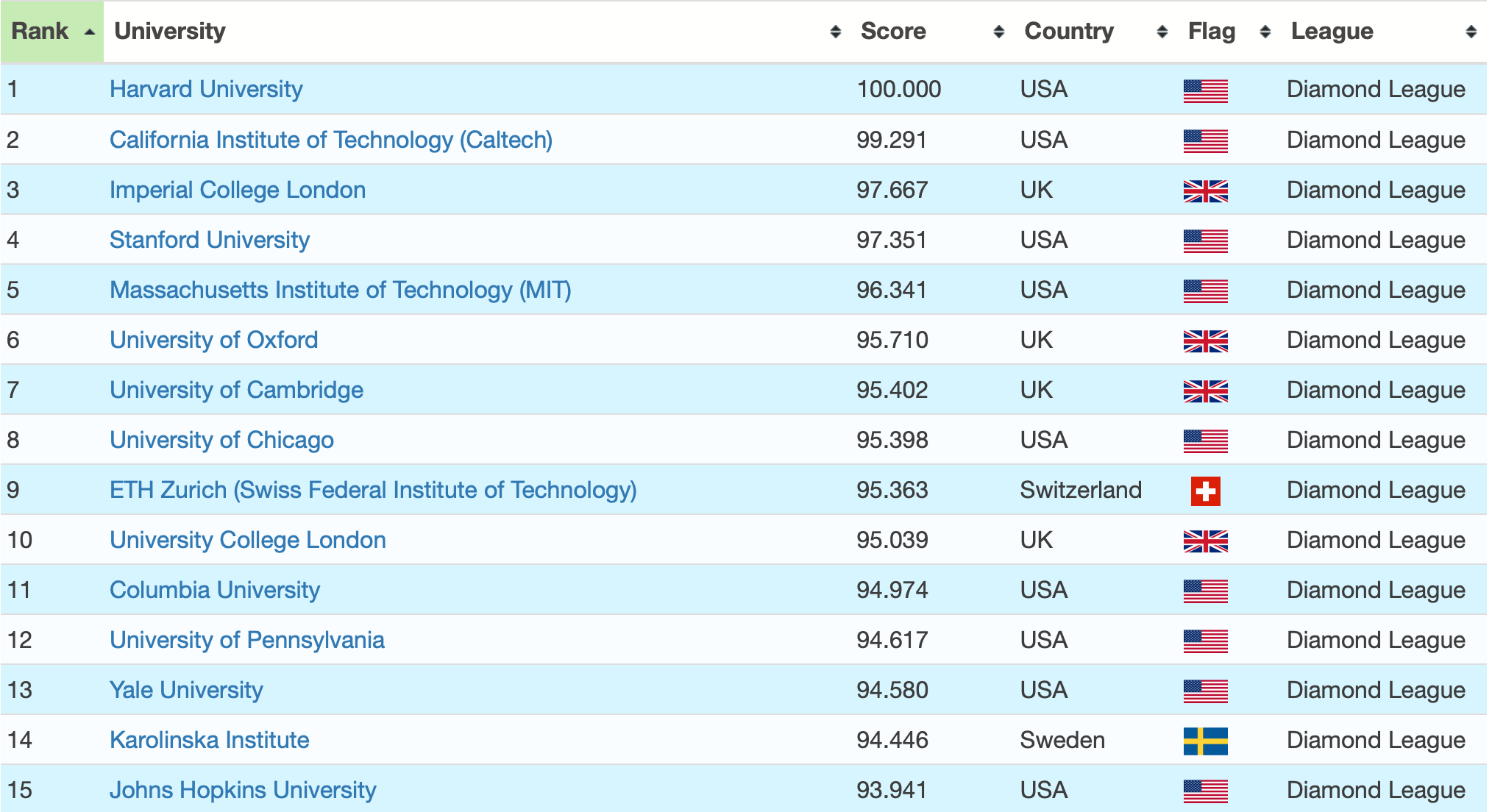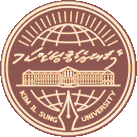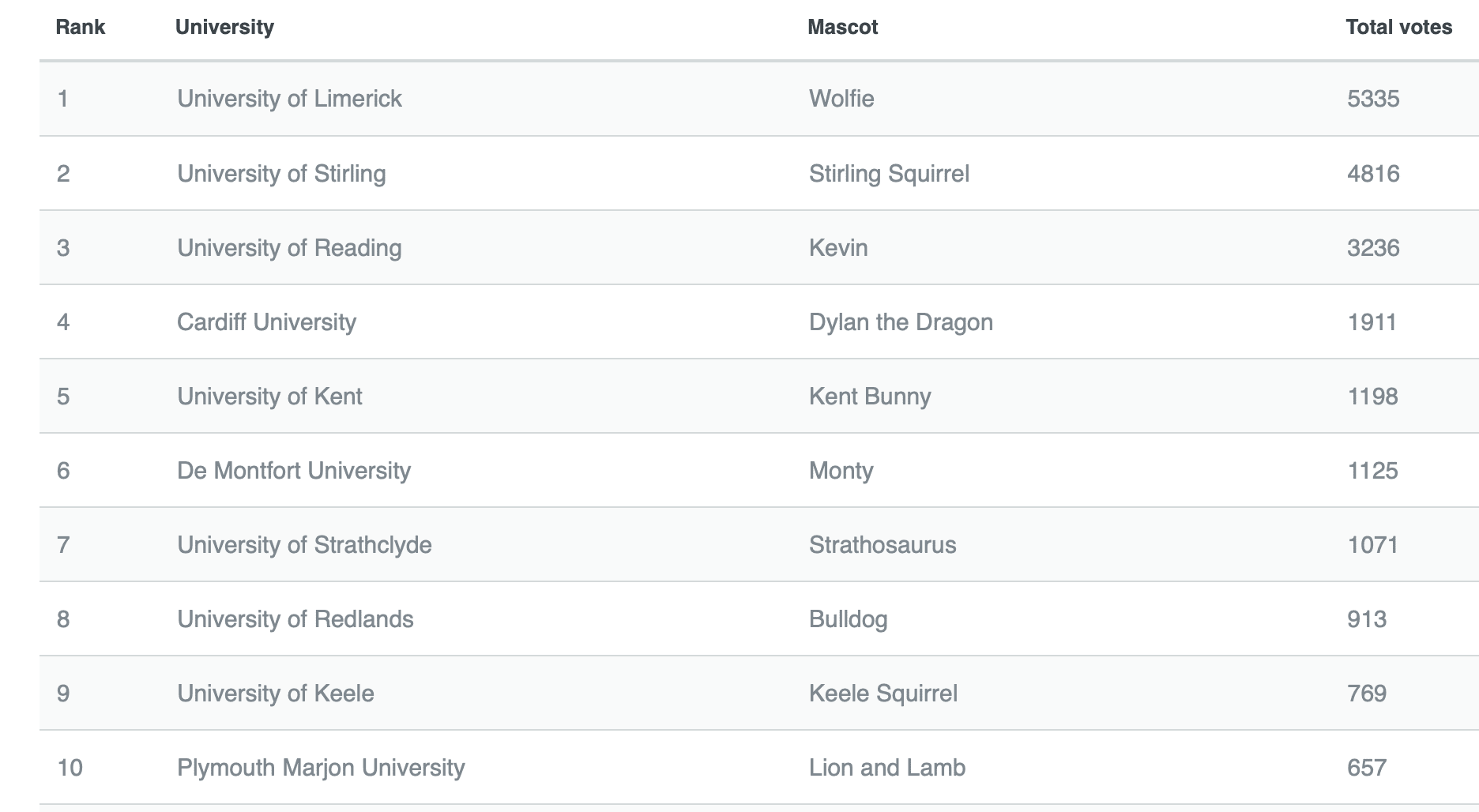The current Coronavirus pandemic has had huge impact across the world on people and economies including the higher education sector.
One part of the higher ed landscape which currently seem somewhat immune from the pain being felt elsewhere is the university rankings business where output does not seem to have tailed off at all. Maybe it’s a lag effect. Anyway, the great news about this for us is that there are still plenty of league tables out there to catch up on in the lockdown. Here are a few you may have missed.
National Anthems
First up is the National Systems Ranking by Universitas 21, the ninth time they have produced this. There hasn’t been a lot of movement in the ranking over the years but it has the distinct advantage that there is not a lot of scope for game-playing by participants:
This report presents the results for the ninth annual ranking of national systems of higher education undertaken under the auspices of the Universitas 21 (U21) group of universities. Fifty national systems of higher education, from all continents, are evaluated across 24 indicators. The measures are standardised for population size. Countries are ranked overall and on each of four modules: Resources, Environment, Connectivity and Output. Within each measure the highest achieving country is given a score of 100 and scores for other countries are expressed as a percentage of this highest score. An overall ranking is derived using a weight of 40 per cent for Output and 20 per cent for each of the other three modules.
The top of the main ranking is as follows:

A subsidiary ranking compares how nations perform relative to countries at similar levels of GDP per capita. The top ranked countries after this adjustment are Finland, South Africa, the United Kingdom and Denmark.
You can find the full report here.
Free as air
Also on a national ranking theme there is this index which assigns ratings to countries based on how free scholars are to teach and research.
The index relies on expert assessments of five measures related to freedom to research and teach, freedom of academic exchange and dissemination, institutional autonomy, campus integrity (defined as the degree to which campuses are free from politically motivated surveillance or security-related infringements), and freedom of academic, cultural and political expression.

Countries are divided into one of five brackets based on their overall academic freedom score (see image above). Countries falling in the worst category include China and the United Arab Emirates, two countries with which many American universities have substantial partnerships. Other countries falling into the bottom bracket as far as academic freedom is concerned are Azerbaijan, Bahrain, Bangladesh, Cuba, Egypt, Equatorial Guinea, Eritrea, Iran, Laos, North Korea, Syria, Thailand, Turkey, Turkmenistan, Yemen and Zimbabwe.
All the data comes from scholars in the countries concerned but the lack of interest in some countries means that there are 35 nations not covered, including the US and Australia. Nevertheless, it’s a start and a bit different from some of the other international rankings.
You Spin me Round
One international ranking which hasn’t generated much excitement despite having been plugging away for a decade now is the Round University Ranking. Originating in Russia it offers a league table which, despite using a variation on the indicators deployed by other rankers, comes up with a pretty similar top end of the table:

The scores arise from 20 separate indicators across four areas and
provides comparison of 1100 leading universities from 85 countries around the world for 10 years (2010-2020) according to 20 indicators distributed into 4 areas: teaching, research, international diversity, and financial sustainability. Such a wide coverage, both geographically and temporally, makes RUR ranking a unique tool for choosing universities for study and work, as well as comparing higher education institutions on a global scale. Round University Ranking (RUR) is based on the data provided by Clarivate Analytics (formerly the IP&Science business of Thomson Reuters).
And who would not want to be in the Diamond League?
No arguments with this league table
In what some might regard as a surprising development, North Korea seems to have entered the rankings business:

The North Korean regime on Monday announced the rankings of its universities based on their performance last year.
North Korean universities are not in full global competition because they are tightly controlled by Workers Party ideologues, but some are still better than others.
The official Rodong Sinmun reported Monday that Kim Il-sung University, Kim Chaek University of Technology, and Pyongyang Medical University ranked first through third.
Some are, indeed, more equal than others. We await their participation in full international competition with interest.
Catching the buzz
In an exciting and edgy newish league table we have Edurank which does monthly (and annual) rankings of UK and Irish universities in relation to their social media presence, brand, etc etc:
you can benchmark and measure the digital activity across all institutions. Results can be sorted by either institution name, Edurank (overall score), change, brand awareness, performance, social media profile, search, buzz or website.
Whilst Oxford and Cambridge nab the top two spots there are a couple of different institutions in the top part of the table including De Montfort, Hull, Stirling, Middlesex and the Royal Academy of Dance. It’s certainly a bit different as you can tell by the summary of the methodology:

All the bants
And it would be remiss not to mention here the recent results of the Bantshire University World University Mascot Rankings 2020. Decided by a popular vote and featuring Stirling Squirrel, Dylan the Dragon from Cardiff, Wolfie from Limerick and Kevin the Ichthyostega from Reading, it was a closely fought affair which eventually saw Wolfie coming out on top.
Here’s the top 10. And Wolfie.


Well done to Wolfie, then, and to all the other rankings winners.













